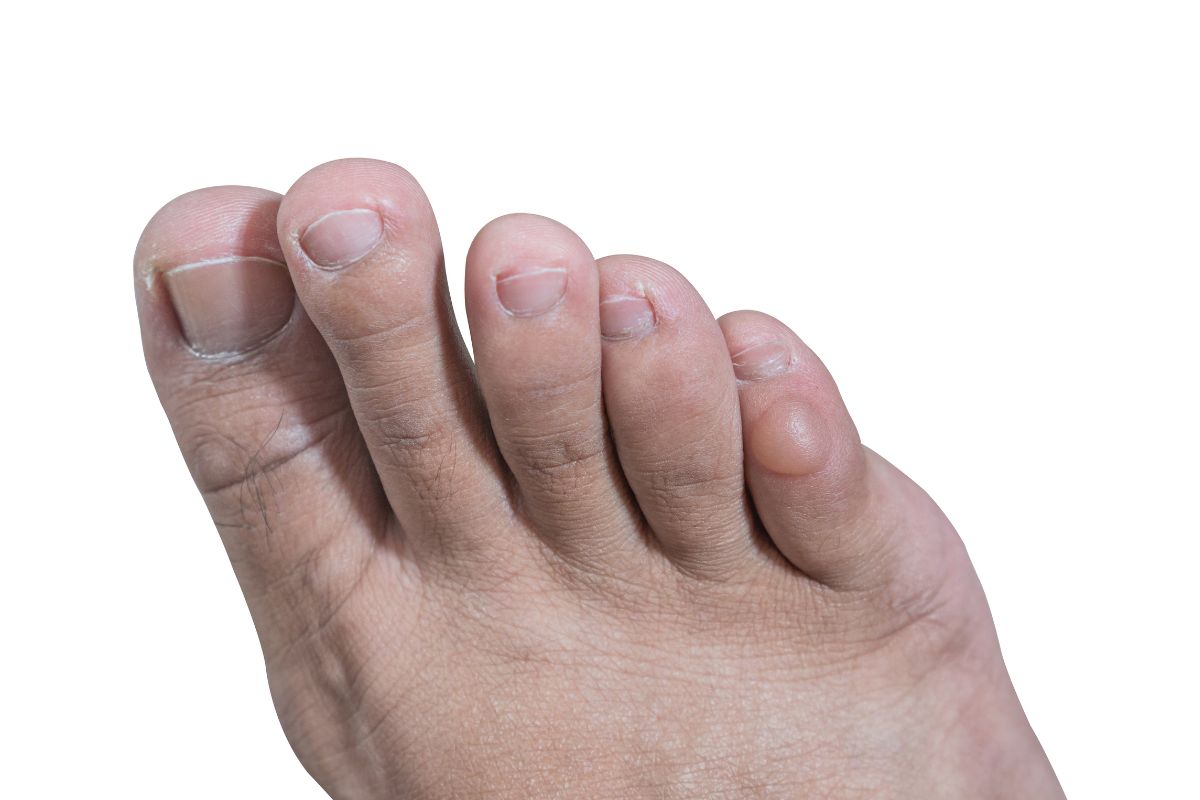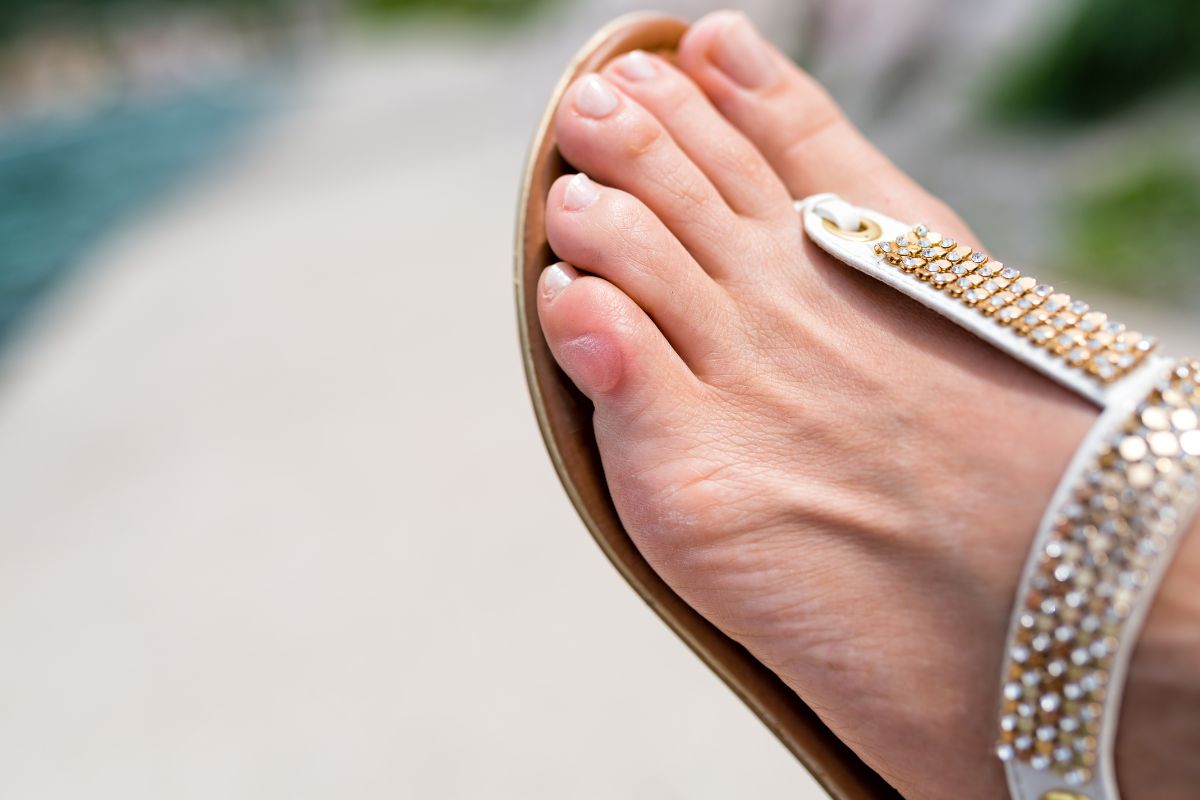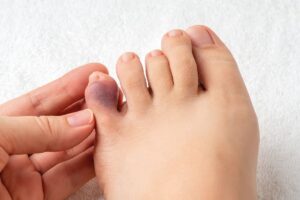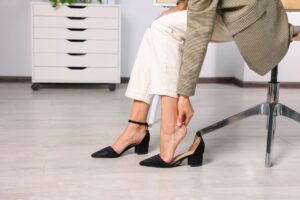Blisters can be difficult to deal with, especially as they are basically wounds waiting to happen, especially if they are placed in high-contact areas of your skin such as your feet. If you want your blister to heal quickly, your best bet is to be careful around it.
There are some things you can do to ensure that your foot blisters goes uninfected and heals optimally. Better yet, you should take measures to avoid getting one. Want to know how you can do so? Keep reading.

Causes of Foot Blisters
Blisters are bubbles that form between the layers of the skin when that particular area is subjected to friction. This is usually caused by running, walking, or standing for long periods. Blisters are the body’s way to cushion a vulnerable spot.
Some parts are more susceptible to blisters because they are in constant contact with the materials of your footwear. These parts usually are the soles, toes, and heels.
However, most people are not aware that the level of moisture these areas of your skin are exposed to can increase the chances of developing blisters due to clogged pores. Clogging traps sweat, which can lead to small blisters. Because the feet are enclosed in footwear, it tends to sweat more, and are prone to blisters.
Other things that can cause blisters include sunburn, allergies, frostbite, fungi, infections, chicken pox, herpes, and a specific type of eczema.
Best Ways to Treat Foot Blisters
If you are dealing with foot blisters, your best bet is to do your best to keep them intact. Remember, a popped blister is a wound, which can become infected when not addressed correctly. Keeping it intact leaves a natural barrier to prevent foot infections. You can also cover it in a bandage to protect it further.
An intact blister can harden and heal naturally. However, you should also remember that it can still burst from contact, especially if it is large. Your best bet, in this case, is to drain it so that you retain the skin covering it.
To safely drain your blister, you should wash it with soap and water, then apply antiseptic to the bubble. Using a disinfected needle, puncture the blister and let the fluid drain. Treat the wound with antibacterial ointment and cover it with a bandage. Then, regularly clean it and apply a fresh bandage.

Preventing Foot Blisters
If you are on your feet all day every day, having blisters may be inevitable. However, you can minimize the possibility of developing one by getting shoes that properly fit. Extra padding can also minimize friction, so you might want to get insoles.
You might also want to opt for socks that dry faster, so it minimizes moisture. Applying products that reduce moisture like soaps and powders can also work.
The Bottom Line
Foot blisters could seem like a simple nuisance, but they can develop into serious issues if you fail to take care of them properly. With these tips, you can prevent it from getting infected or better yet, avoid developing another blister.





